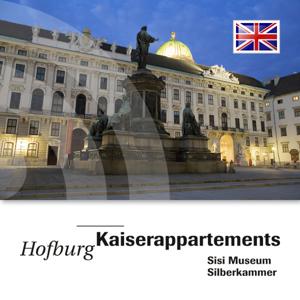After the end of the Habsburg monarchy in 1918, several departments of the huge but now defunct imperial household were amalgamated under the name of the “Court Silver and Table Room“ and opened to the public in 1923 with displays of objects from the collection of porcelain, the Court Confectionery, the Court Wine Cellars, the Court Kitchens and the Court Linen Room. On your tour today you will encounter various aspects of the former imperial court household and gain an insight into the glittering world of Habsburg banquets. In front of you is a selection of copper vessels, pans and moulds which convey an idea of the range of different activities carried out in the court kitchens: the turbot kettles, water kettles, asparagus pans, the “Olio cauldrons” and the warming dishes which held live coals in their lids to keep the dishes warm – all of these objects testify to the enormous effort required to cater for a court household numbering up to 5,000 individuals. Copper moulds were used in countless variations for dishes in aspic (for example brawn), sponge cakes, creams, nougat and of course for the imperial version of the famous Viennese cake called “Gugelhupf”, and give an impression of the skills and arts of the Court Confectionery and Desserts Kitchen. At that time, copper was commonly used for kitchen utensils in aristocratic or middle-class households. It has the advantage that it is a good conductor of heat; however, its one disadvantage is that poisonous verdigris can form if it comes into contact with acid foodstuffs. That is why the utensils had to be tinned on the inside and regularly checked for any defects in the tin.
















